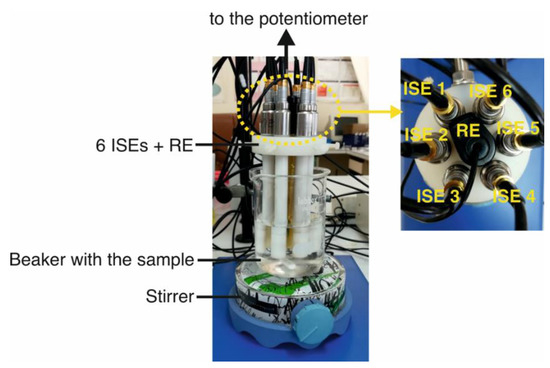1
College of Automation Engineering, Nanjing University of Aeronautics and Astronautics, Nanjing 211106, China
2
Jiangsu Key Laboratory of Internet of Things and Control Technologies, Nanjing University of Aeronautics and Astronautics, Nanjing 211106, China
Sensors 2022, 22(16), 6212; https://doi.org/10.3390/s22166212 - 18 Aug 2022
Cited by 12 | Viewed by 2623
Abstract
This paper investigates the adaptive fault-tolerant formation control scheme for heterogeneous multi-agent systems consisting of unmanned aerial vehicles (UAVs) and unmanned surface vehicles (USVs) with actuator faults, parameter uncertainties and external disturbances under directed communication topology. Firstly, the dynamic models of UAVs and
[...] Read more.
This paper investigates the adaptive fault-tolerant formation control scheme for heterogeneous multi-agent systems consisting of unmanned aerial vehicles (UAVs) and unmanned surface vehicles (USVs) with actuator faults, parameter uncertainties and external disturbances under directed communication topology. Firstly, the dynamic models of UAVs and USVs are introduced, and a unified heterogeneous multi-agent system model with actuator faults is established. Then, a distributed fault-tolerant formation controller is proposed for the unified model of UAVs and USVs in the
(This article belongs to the Special Issue Security Control for a Cyber–Physical System and/or Multi-Agent System under Fault or Malicious Attack)
▼
Show Figures















